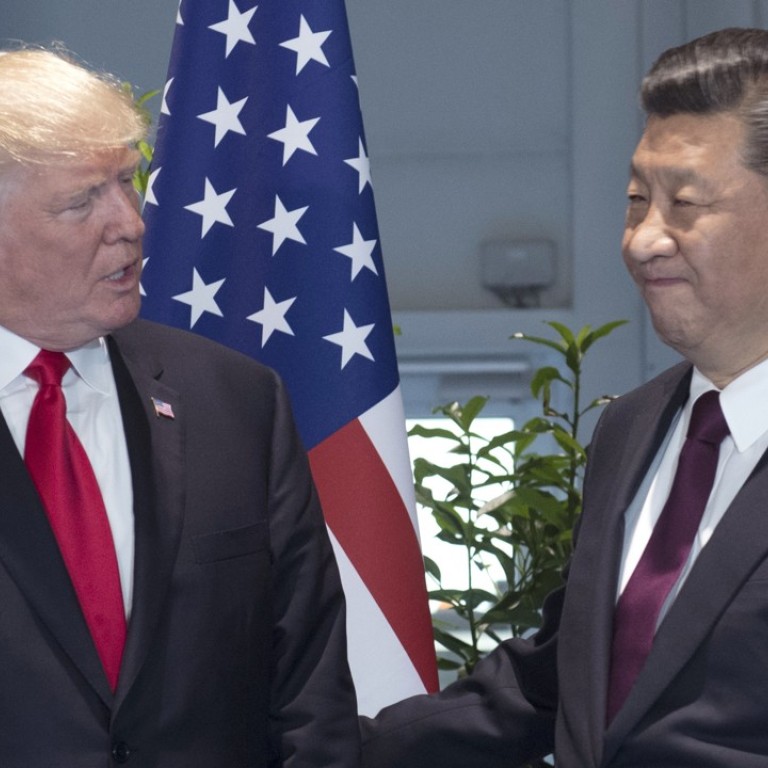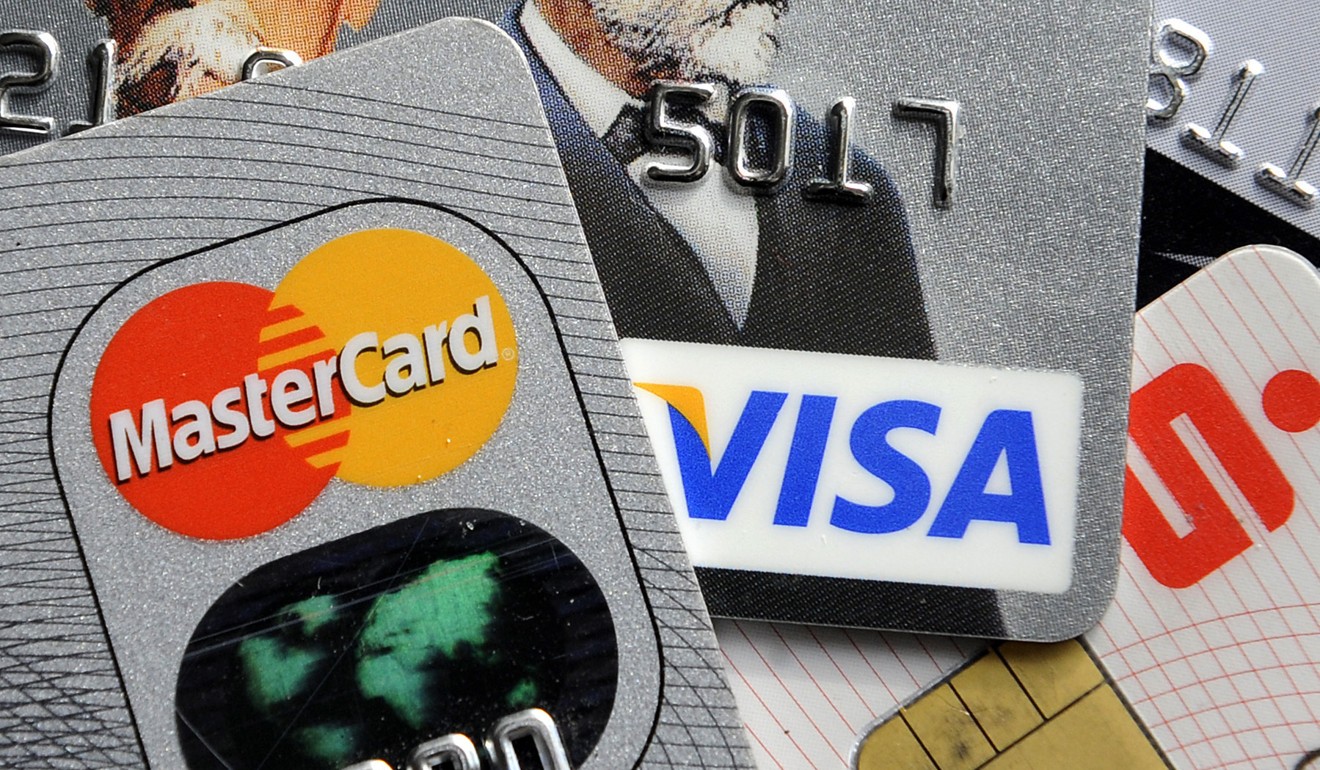
China and the United States – diplomatic rivals and best of trade frenemies
With President Trump set to arrive in Beijing on Wednesday, we take a look at the volatile relationship between the world’s two largest economies
With just days to go until US President Donald Trump’s first trip to China, trade tensions between Beijing and Washington remain close to boiling point.
Last week, the US Commerce Department said Beijing’s pervasive role in markets and involvement in the private sector caused “fundamental distortions” in its economy.
In response, China said the United States’ refusal to classify it as a market economy was a “serious distortion” of fact, adding that “the Chinese government will adopt necessary measures to safeguard the legal rights and interests of Chinese enterprises”.
The latest squabble exemplifies the difficulties in trade ties between the world’s two biggest economies. But while there have been many areas of disagreement, the pair have also found some common ground since Trump came to power.
Agreements
● Beef, natural gas and credit cards
The biggest deal came in May as Beijing and Washington agreed that the US would be able to export liquefied natural gas and beef; as well as enter the credit card market and issue credit certificates to American companies in China, with the possibility of receiving loans as well. In return, China would be able to export pre-cooked chicken, and Chinese banks could enter the US market.

● Repatriation and fugitives
Although there is no extradition treaty between the two countries, Beijing and Washington made some progress at the first US-China Law Enforcement and Cyber Security Dialogue. They developed a process to make sure people identified for removal were verified and given travel documents within 30 days, and pledged to have the system in place by the end of the year. They also agreed to help each other prevent fugitives from using either country as a safe haven.
Disagreements
● Trade:
Trade has long been a contentious issue between the two economic giants, especially with Trump’s efforts to boost opportunities for US workers and firms. The major trade conflicts include the US’ huge trade deficit with China, limited market access for US companies in certain industries, forced technology transfers, and suspected currency manipulation.

In mid-August, Trump signed an executive memorandum to direct the top trade negotiator, US Trade Representative Robert Lighthizer, to determine whether to launch an investigation into China’s suspected theft of intellectual property. A month later, Trump rejected a China-led takeover of a US chip maker on national security grounds.
● North Korea
Trump has threatened to use military options against Pyongyang and wants Beijing to impose tighter sanctions against North Korea. But China said it supports only sanctions backed by the United Nations Security Council. It also said it had paid the highest price for those sanctions, which range from restricting oil supply to the regime and prohibiting the hiring of North Korean workers.
China has insisted that ordinary North Korean citizens should not be affected by the sanctions, and military options would lead to chaos on the Korean peninsula. Beijing also fears the collapse of North Korea would lead to an influx of refugees over the Chinese border, and eliminate a buffer zone between it and the US military.
● South China Sea
The Trump administration has expressed concerns about Beijing’s militarisation of the contested waters but Beijing has repeatedly said the US is not a claimant state in the area and Washington should not to interfere in the regional dispute.

● US role in the region
US Secretary of State Rex Tillerson told a Washington think tank last month that the US wanted to work with India over the next century to promote a “free and open” Asia-Pacific region to counterbalance China. But Cui Tiankai, China’s ambassador to the US, warned that nobody would be able to contain China. Beijing has also long been suspicious about the US presence in the Asia-Pacific, saying its military alliance with Japan, South Korea and the Philippines was not conducive to regional stability. But the US is also suspicious about China’s “Belt and Road Initiative”. China said it was designed to boost trade and infrastructure links, but Washington sees it as part of Beijing’s attempt to create a new global order.

